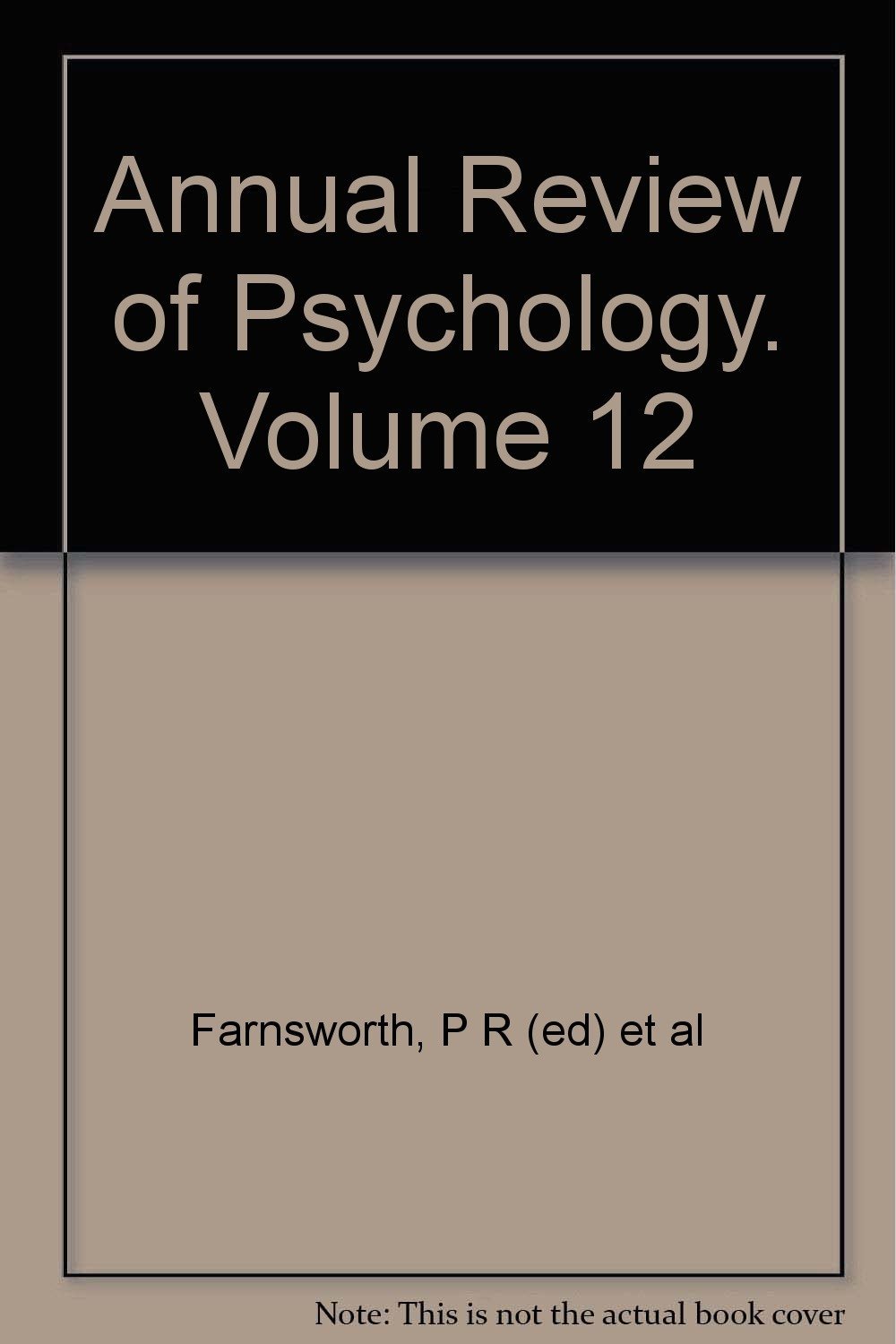The Neuroscience of Human and Artificial Intelligence Presence
IF 29.4
1区 心理学
Q1 PSYCHOLOGY
引用次数: 1
Abstract
Two decades of social neuroscience and neuroeconomics research illustrate the brain mechanisms that are engaged when people consider human beings, often in comparison to considering artificial intelligence (AI) as a nonhuman control. AI as an experimental control preserves agency and facilitates social interactions but lacks a human presence, providing insight into brain mechanisms that are engaged by human presence and the presence of AI. Here, I review this literature to determine how the brain instantiates human and AI presence across social perception and decision-making paradigms commonly used to realize a social context. People behave toward humans differently than they do toward AI. Moreover, brain regions more engaged by humans compared to AI extend beyond the social cognition brain network to all parts of the brain, and the brain sometimes is engaged more by AI than by humans. Finally, I discuss gaps in the literature, limitations in current neuroscience approaches, and how an understanding of the brain correlates of human and AI presence can inform social science in the wild.Expected final online publication date for the Annual Review of Psychology, Volume 75 is January 2024. Please see http://www.annualreviews.org/page/journal/pubdates for revised estimates.人类和人工智能存在的神经科学
二十年的社会神经科学和神经经济学研究表明,当人们考虑人类时,通常将人工智能(AI)视为非人类控制时,大脑机制就会参与进来。人工智能作为一种实验性控制,保留了代理并促进了社会互动,但缺乏人类的存在,这提供了对人类存在和人工智能存在所参与的大脑机制的洞察。在这里,我回顾了这些文献,以确定大脑如何在社会感知和决策范式中实例化人类和人工智能的存在,这些范式通常用于实现社会背景。人们对待人类的态度和对待人工智能的态度是不同的。此外,与人工智能相比,人类参与更多的大脑区域超越了社会认知大脑网络,延伸到大脑的所有部分,有时人工智能参与的大脑比人类参与的更多。最后,我讨论了文献中的空白,当前神经科学方法的局限性,以及对人类和人工智能存在的大脑相关性的理解如何为野外社会科学提供信息。预计《心理学年度评论》第75卷的最终在线出版日期是2024年1月。修订后的估计数请参阅http://www.annualreviews.org/page/journal/pubdates。
本文章由计算机程序翻译,如有差异,请以英文原文为准。
求助全文
约1分钟内获得全文
求助全文
来源期刊

Annual review of psychology
医学-心理学
CiteScore
47.30
自引率
0.80%
发文量
48
期刊介绍:
The Annual Review of Psychology, a publication that has been available since 1950, provides comprehensive coverage of the latest advancements in psychological research. It encompasses a wide range of topics, including the biological underpinnings of human behavior, the intricacies of our senses and perception, the functioning of the mind, animal behavior and learning, human development, psychopathology, clinical and counseling psychology, social psychology, personality, environmental psychology, community psychology, and much more. In a recent development, the current volume of this esteemed journal has transitioned from a subscription-based model to an open access format as part of the Annual Reviews' Subscribe to Open initiative. As a result, all articles published in this volume are now freely accessible to the public under a Creative Commons Attribution (CC BY) license.
 求助内容:
求助内容: 应助结果提醒方式:
应助结果提醒方式:


